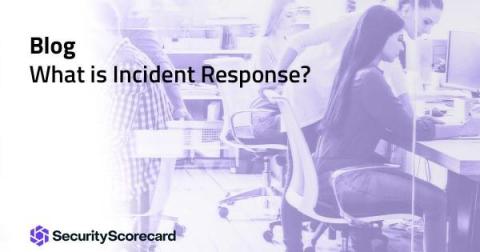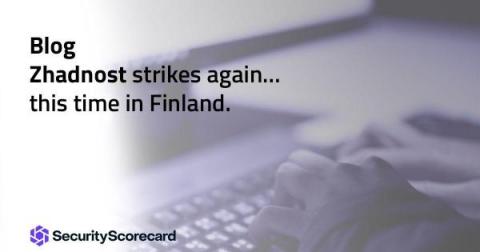Security | Threat Detection | Cyberattacks | DevSecOps | Compliance
SecurityScorecard
Shifting to Holistic Risk Management with Cyber Risk Quantification
As malicious attackers and nation states have increasingly weaponized the cyber domain to impact private companies, the sustainability of organizations' ties to their cybersecurity is in question across all industries and sectors. There are many examples of companies going out of business as a result of a cyber attack, due to business leaders failing to wrap their arms around all the different ways that the ever evolving cyber threat landscape can impact their business.
How Your Cybersecurity Score Impacts Your Stock Price
Incredibly simple...yet effective. Zhadnost botnet relies on Open Proxies and DNS Resolvers.
As mentioned in SecurityScorecard’s (SSC) previous Zhadnost blog posts (part one and part two), the DDoS attacks against Ukrainian and Finnish websites do not appear to have a lasting impact, as the sites were back online within hours of the attack.
The Caller is Coming from Inside the House!
SecurityScorecard’s own Ondrej Krehel talks with News 12 in New York about how to protect yourself from what might be the most surreal spam number of all—your own. Most of us are used to getting spam texts: You’ve paid your bill, click this link for a free gift! You’ve won the sweepstakes, click here to redeem! It’s no surprise that nothing good comes from clicking those links.
The Impact of New Federal Banking Regulation
What We Can Learn From SolarWinds Security Breach
What is Incident Response?
Creating an incident response plan is mission-critical for modern organizations. As threat actors continuously evolve their attack methodologies, organizations need the people, processes, and technologies that allow them to rapidly respond to a security incident. According to research, attacks have increased by 15% since 2019.
We Need a New Risk Management Approach to Secure Critical Infrastructure Against Russian Cyber Threats
A democratized approach to cybersecurity risk management that leverages continuous monitoring and public-private partnerships is overdue, and critical, for today’s cyber threat environment.
Zhadnost strikes again... this time in Finland.
SecurityScorecard (SSC) has identified a DDoS attack which targeted the websites of the Finnish Ministry of Foreign Affairs and Ministry of Defense. SSC discovered more than 350 bots, mainly located in Bangladesh and African countries, which are now considered to be part of the Zhadnost botnet, previously discovered by SSC in March.











